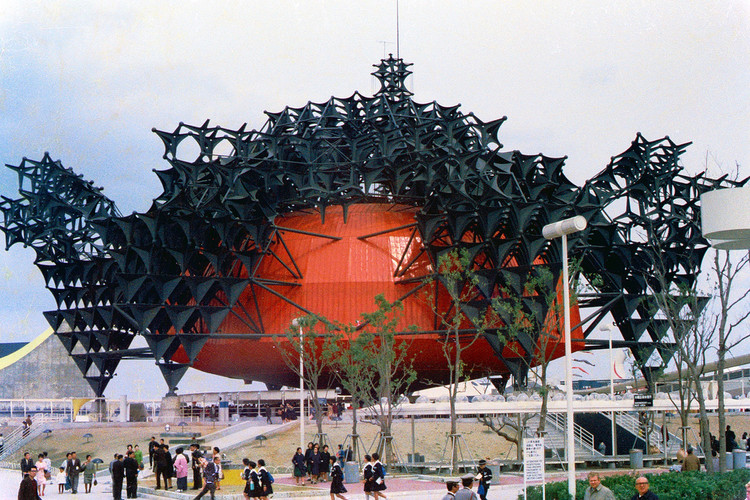
Kisho Kurokawa (April 8th 1934 – October 12th 2007) was one of Japan's leading architects of the 20th century, perhaps most well-known as one of the founders of the Metabolist movement of the 1960s. Throughout the course of his career, Kurokawa advocated a philosophical approach to understanding architecture that was manifest in his completed projects throughout his life.

After completing his studies at the university of Tokyo under Japanese master Kenzo Tange in 1959, Kurokawa helped to establish the Metabolist movement, a loosely-affiliated group including Kiyonori Kikutake and Fumihiko Maki, with Tange himself connected to the group as both a member and a mentor. The principles of the Metabolists revolved around ideas of impermanence and change, and as the name suggests the movement was intended to have more in common with natural processes. These ideas were developed to be an elaboration of—and also a reaction to—the principles of the architects affiliated with CIAM, which had its final meeting in 1959.

Kurokawa commented that the ideals of the Metabolists were inspired by a Japanese conception of building. In particular, the fact that most Japanese buildings were timber meant the devastation of the Second World War completely obliterated cities in Japan—at least compared to Western cities where, at the very least, stone or brick remnants remained where buildings once stood. This observation, combined with the frequency of natural disasters in Japan, has meant that the Japanese are used to rebuilding cities from scratch, leading to what Kurokawa described as "an uncertainty about existence, a lack of faith in the visible, a suspicion of the eternal."

The first opportunity to explore these ideas in depth as built forms came at the 1970 Osaka Expo, for which Kurokawa designed two pavilions, the Takara Beautillion and the Toshiba IHI pavilion. However, perhaps the most complete built example of Kurokawa's design principles—indeed of the entire Metabolist movement—was the 1972 Nakagin Capsule Tower, a building made up of pre-fabricated micro-apartment "capsules" that were designed to be added and replaced as necessary during the building's lifespan.

That the Nakagin Capsule Tower has recently been embroiled in a preservation debate, with few serious proposals to replace the units as the original design intended, demonstrates how well the theory of the Metabolists translated to the real world of property and construction. After the original Metabolist group disbanded in the early 1970s, Metabolist ideals came to be seen as a historical product of utopian 1960s thinking.

In spite of this, Kurokawa never fully abandoned his commitment to Metabolist thought, adapting the ideas of natural systems and the life cycle of buildings to become a significant advocate for sustainable design in his later years. In 2007, he established the Kisho Kurokawa Green Institute at Anaheim University. Also in 2007, he ran to become governor of Tokyo, and although his bid was ultimately unsuccessful he was instrumental in establishing the Green Party in Japan.










